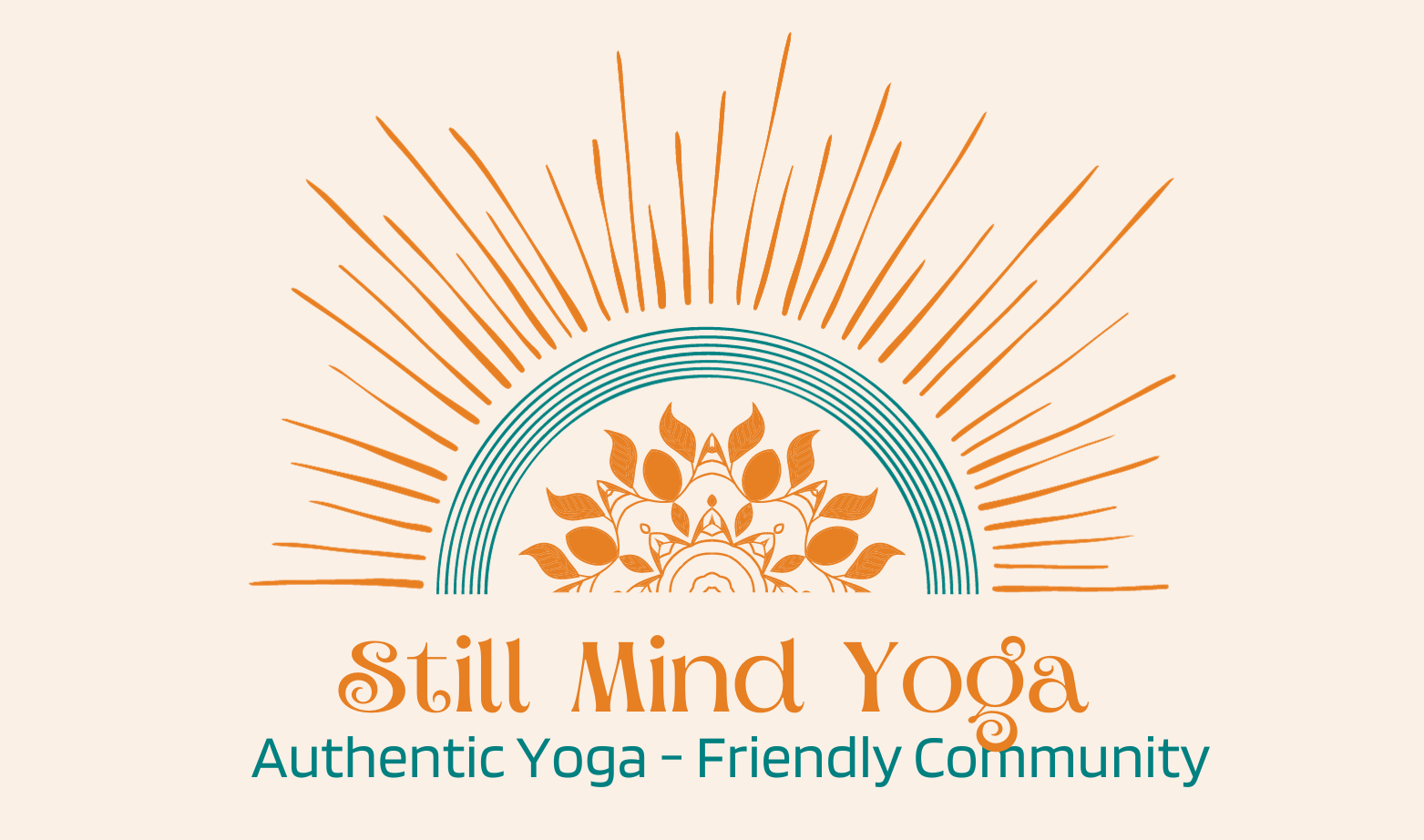What Makes an "Advanced" Yogi

"Advanced" vs. "beginner" isn't something that can be defined by one's ability to do physically challenging postures, as is often the case in the commercialized yoga world. It is probably a meaningless distinction, since it caters to a competitive mindset, but it is one worth exploring because students come to the practice with the assumption. It's an assumption embedded in the world we live in.
In the commercialized yoga world, advanced is typically defined by number of years practiced as well as by vigor/challenge of the asana practice. The world's ancient wisdom traditions see things differently. In the Zen tradition, one should always strive to keep a beginner's mind, always fresh and new, and always willing to explore the basics as if for the first time. In the various contemplative traditions I have practiced, learning ancient principles holds something new each time, and can be a highly advanced practice. Christian tradition holds that one has to become a child to see the realm of heaven. In Aikido, when you get your black belt, you are told "now you can finally begin learning." In all spiritual traditions, one should maintain humility and shy away from labeling oneself "advanced" because that immediately casts the mind into the world of duality and hierarchy.
Yet in the yoga world--one where over 30 million people do yoga in the US alone---we have taken to classifying classes by levels (1, 2, 3...) and assuming the more physically challenging classes are the advanced ones. A practical necessity, perhaps, but one that misses the complexity of the issue when applying a dualistic mindset to the practice of a unitive state of awareness.
Yoga asana---the postures we perform---are a part of yoga, but the most externalized part. Our classes are not labeled according to advanced or beginner, and are small enough to accommodate everyone. When a student is in a yoga class, their only responsibility is to cultivate an intimacy with their own breath and the present moment. That's it. That's the practice. To the extent that it can be gauged or measured, the only thing I can say is that you will notice its benefits in your own being and your own life over time. Perhaps your family and friends will notice a softness and kindness in you. Maybe you will sleep a little deeper. Things like that.
Given this complex, nuanced, and subtle way that yoga permeates a person's life, it makes labeling and classifying fall far short.
